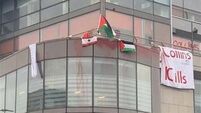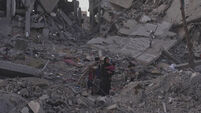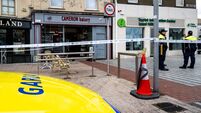Hamas releases all 20 remaining hostages under Gaza ceasefire deal
Hamas has released all 20 remaining living hostages as part of a ceasefire pausing two years of war that pummelled the Gaza Strip, killing tens of thousands of Palestinians.
The releases came as American president Donald Trump was in Israel to celebrate the US-brokered ceasefire and hostage deal between Israel and Hamas, an agreement that he declared had effectively ended the war and opened the door to building a durable peace in the Middle East.
Under the deal, Israel will release more than 1,900 Palestinian prisoners and allow food and aid supplies into Gaza.
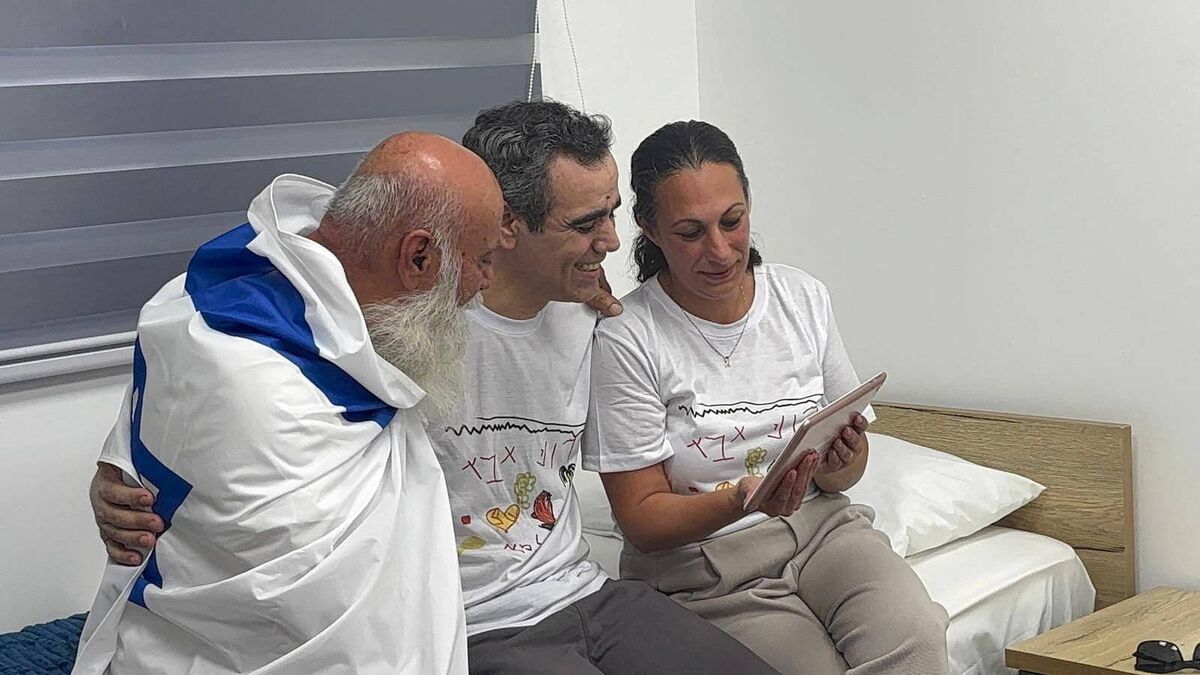
Hamas released 13 remaining living hostages to Red Cross officials on Monday, the Israeli military said.
Seven of the hostages were released earlier on Monday, while the remaining 13 were freed a few hours later.
The 20, all men, are being reunited with their families and expected to undergo medical checks.
The bodies of the remaining 28 dead hostages are also expected to be handed over as part of the deal, although the exact timing remains unclear.
Families and friends of the hostages who gathered in a square in Tel Aviv broke into wild cheers as Israeli television channels announced that the first group of hostages was in the hands of the Red Cross. Tens of thousands of Israelis watched the transfers at public screenings across the country.
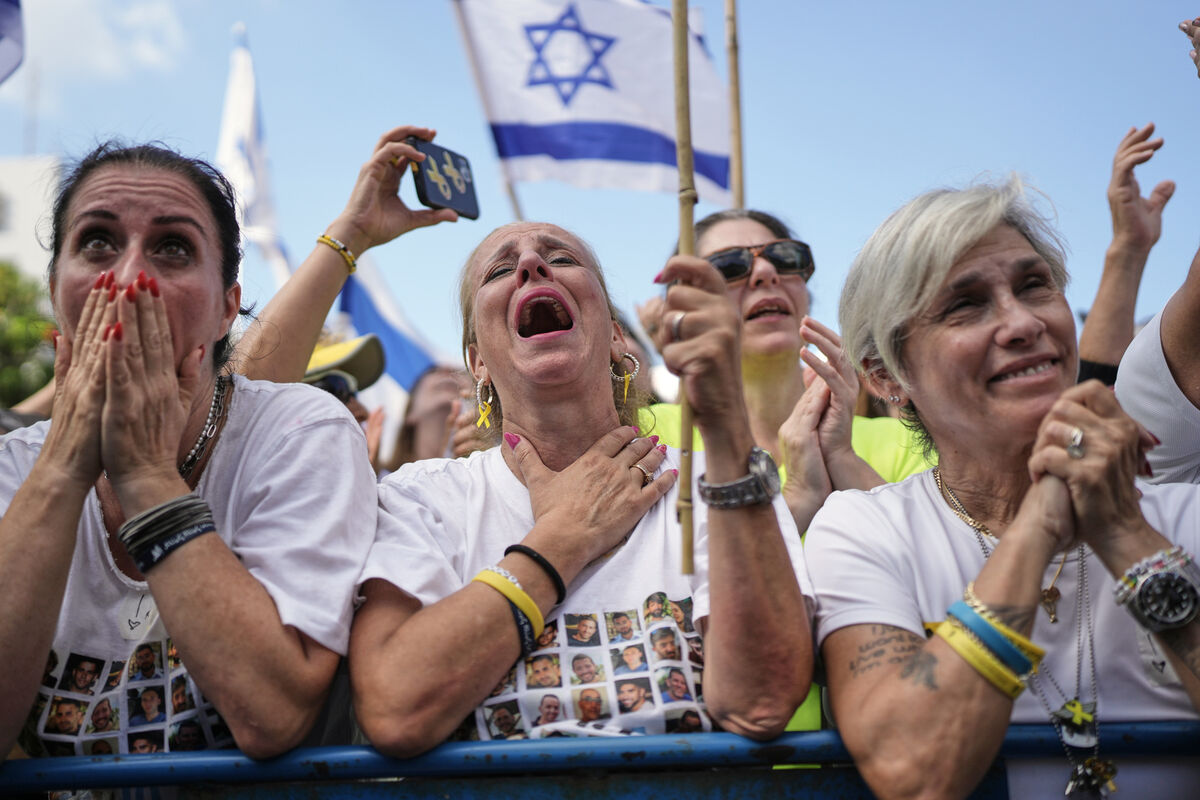
Israel released the first photos of hostages arriving home, including one showing 28-year-old twins Gali and Ziv Berman embracing as they were reunited. Hostages previously released had said the twins from Kfar Aza were held separately.
The photos of the first seven hostages released on Monday showed them looking pale but less gaunt than some of the hostages freed in January.
Palestinians, meanwhile, awaited the release of hundreds of prisoners held by Israel. In the West Bank, an armoured vehicle flying an Israeli flag fired tear gas and rubber bullets at a crowd waiting near Ofer Prison. As drones buzzed overhead, the group scattered.
The tear gas followed the circulation of a flier warning that anyone supporting what it called “terrorist organisations” risked arrest.
Israel’s military did not respond to questions about the flier.
The prisoners being released include 250 people serving life sentences for convictions in attacks on Israelis, in addition to 1,700 seized from Gaza during the war and held without charge.
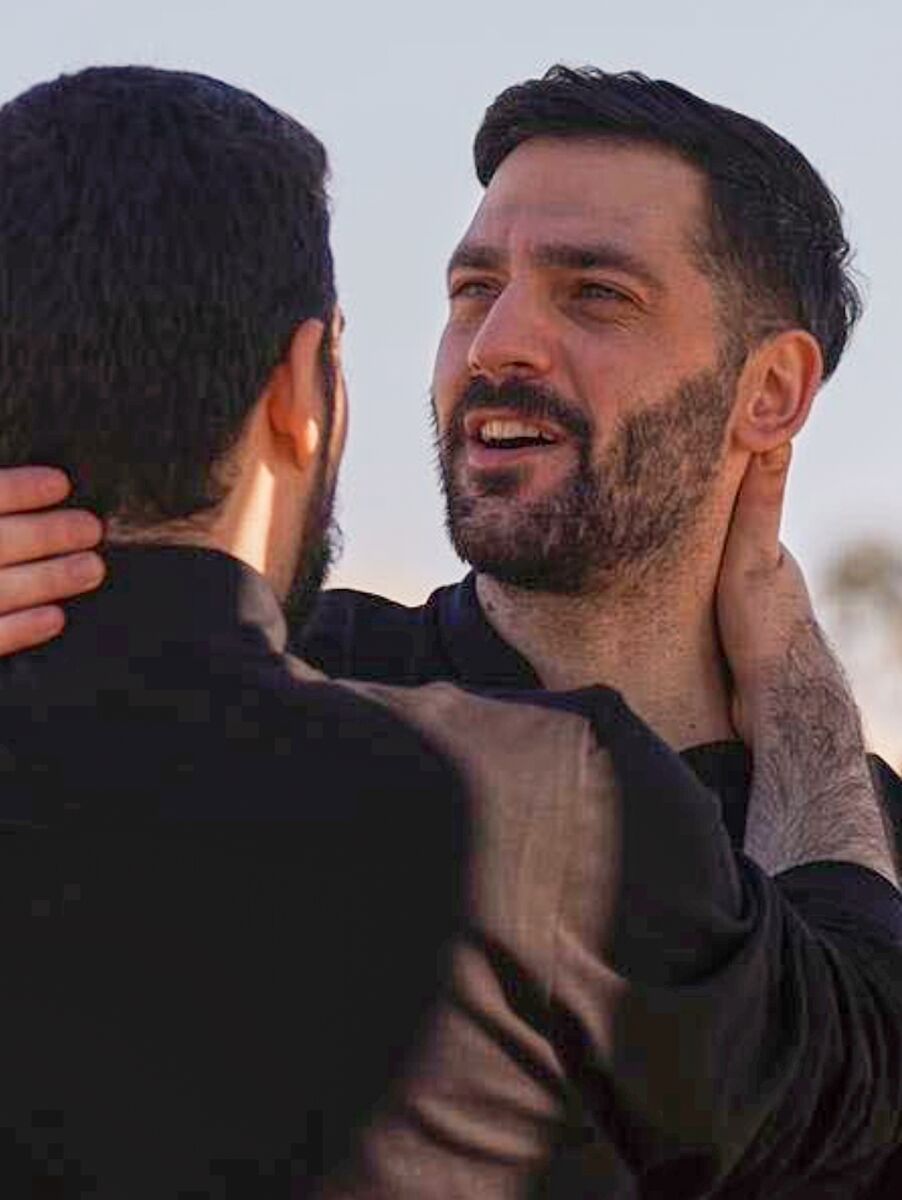
While major questions remain about the future of Hamas and Gaza, the exchange of hostages and prisoners raised hopes for ending the deadliest war ever between Israel and the militant group.
The ceasefire is also expected to be accompanied by a surge of humanitarian aid into Gaza, parts of which are experiencing famine.
US president Donald Trump arrived in the region, where he plans to discuss the US-proposed deal and post-war plans with other leaders.
The war began when Hamas-led militants launched a surprise attack on southern Israel on October 7 2023, in which some 1,200 people, mostly civilians, were killed and 251 taken hostage.
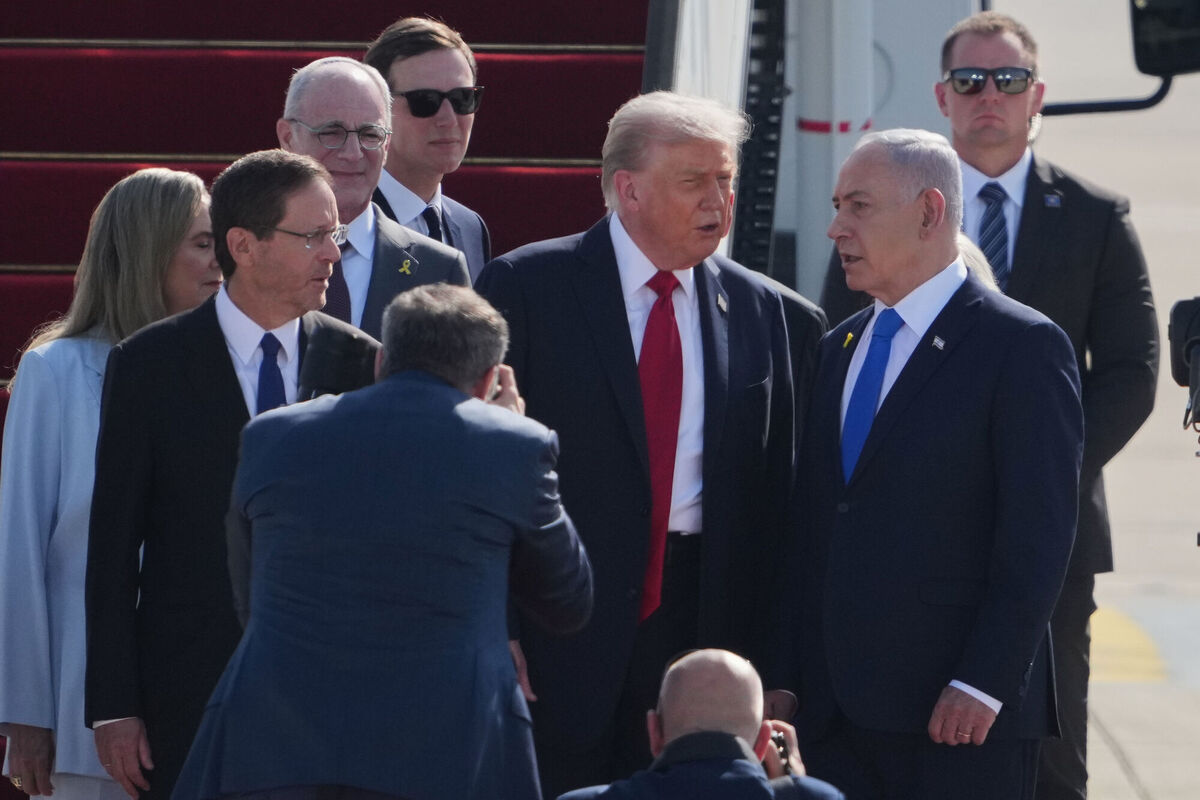
In Israel’s ensuing offensive, more than 67,000 Palestinians have been killed, according to Gaza’s Health Ministry, which does not differentiate between civilians and combatants but says around half the dead were women and children.
The ministry is part of the Hamas-run government, and the UN and many independent experts consider its figures to be the most reliable estimate of wartime casualties.
The toll is expected to grow as bodies are pulled from rubble previously made inaccessible by fighting.
The war has destroyed large swathes of Gaza and displaced about 90% of its some 2 million residents. It has also triggered other conflicts in the region, sparked worldwide protests and led to allegations of genocide that Israel denies.
“Much of Gaza is a wasteland,” UN humanitarian chief Tom Fletcher said on Sunday.
The hostages’ return caps a painful chapter for Israel. Since they were captured in the attack that ignited the war, newscasts have marked their days in captivity and Israelis have worn yellow pins and ribbons in solidarity. Tens of thousands have joined their families in weekly demonstrations calling for their release.
As the war dragged on, demonstrators accused prime minister Benjamin Netanyahu of dragging his feet for political purposes, even as he accused Hamas of intransigence.
Last week, under heavy international pressure and increasing isolation for Israel, the bitter enemies agreed to the ceasefire.
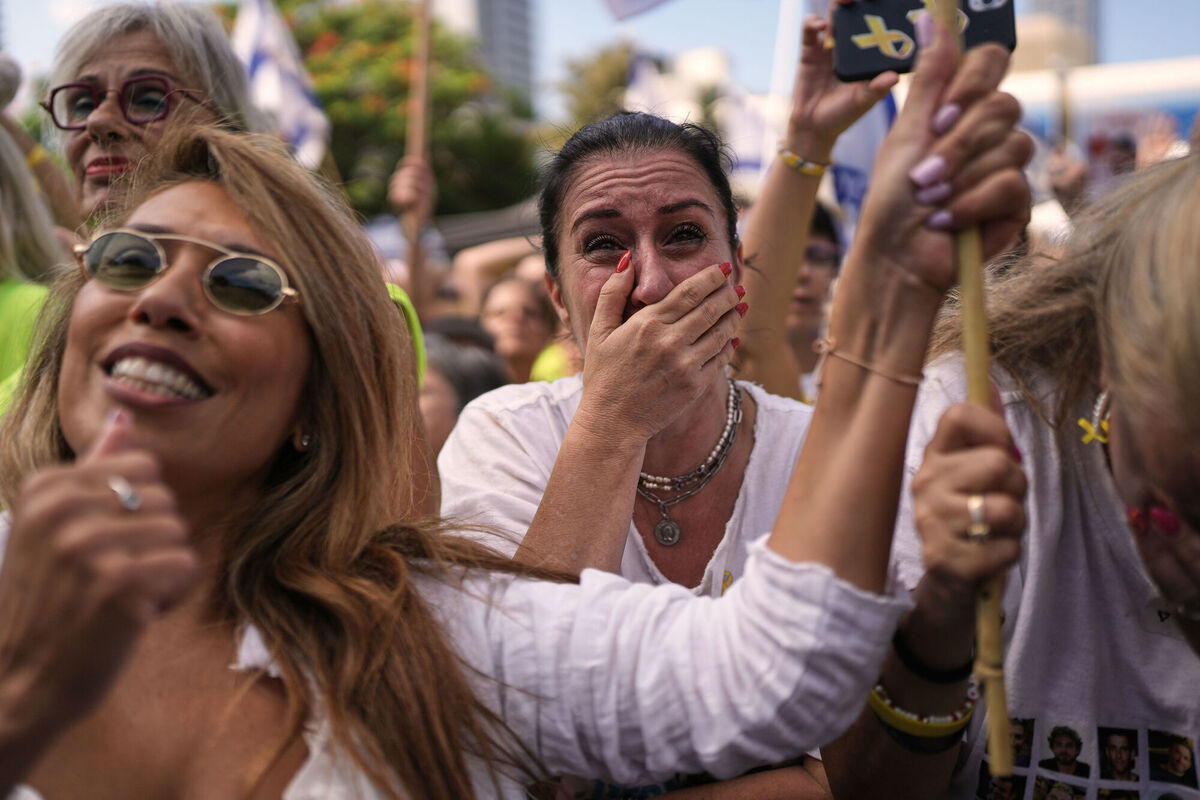
With the hostages’ release, the sense of urgency around the war for many Israelis will be effectively over.
It remains unclear when the remains of 28 dead hostages will be returned. An international task force will work to locate deceased hostages who are not returned within 72 hours, said Gal Hirsch, Israel’s coordinator for the hostages and the missing.
Meanwhile, buses lined up in Khan Younis in the Gaza Strip on Monday morning in anticipation of the release of prisoners.
The exact timing has not been announced for the release of Palestinian prisoners. They include 250 people serving life sentences for convictions in attacks on Israelis, in addition to 1,700 seized from Gaza during the war and held without charge. They will be returned to the West Bank or Gaza or sent into exile.



